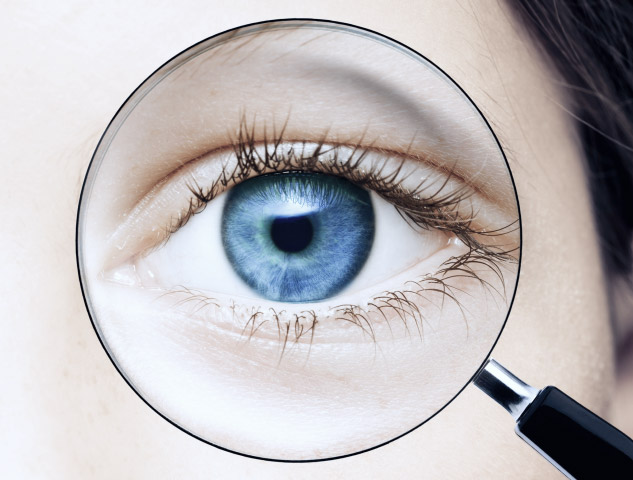Eye Check

How does the ophthalmologic examination proceed?
Regular eye examinations and check-ups can help to maintain good vision during all stages of life.
Vision varies for everyone over the years and gradually declines with age. Sight-threatening eye diseases such as glaucoma or macular degeneration (AMD) develop in the early stages unobtrusively and painlessly. Systemic diseases like diabetes, rheumatism and high blood pressure can also damage the eyes and vision. This is also not noticeable at first. However when the first noticeable symptoms do occur to the patient sometimes irreversible damage has already occurred.

We offer the full range of innovative ophthalmic care.
This includes the detection of:
- Blurred vision
- Visual impairments
- Strabismus (Squinting)
- Glaucoma with intraocular pressure measurement and analysis of the optic nerve head — Cataracts
- Macular degeneration also with aid of retinal imaging techniques
- Retinal disease in cases of diabetes, high blood pressure, also rheumatism screening for infants and young children in the context of the ‘mother-child pass’ or other standard health examinations for children
- Driving Fitness and field of vision problems
The German Association of Ophthalmologists recommends regular ophthalmological check-ups starting from 20 years with an interval of 3 years.
From the age of 40 one should have regular eye and vision checkups as a preventative measure. In some cases one should start earlier for example where systemic diseases or family related risks (e.g. if poor vision due to structural inconsistencies of the eye or glaucoma exists in the family history, or squinting or lazy eye). Early detection of visual disorders and eye diseases offers the chance for very favorable treatment and healing opportunities.
In the case of adults such checkups serve primarily the purpose of checking one’s eyesight; however with children it is necessary to ensure the correct development of their vision. At birth, vision is not yet fully developed. Vision is formed through the interaction of the eyes and the brain in the so called sensitive phase up to about the age of seven. The development is not linear, but is especially rapid during the first two years of life. Visual disturbances such as strabismus (squinting)or lazy eye that are not detected and treated during this time, often lead to lifelong vision difficulties (e.g. amblyopia). Strabismus (squinting) or lazy eye problems if identified early however are easily treatable and using an appropriate therapy the sense of sight can develop again normally.
We are always in touch
Just give us a call or write an email. Or request a consultation and we will answer all your questions!